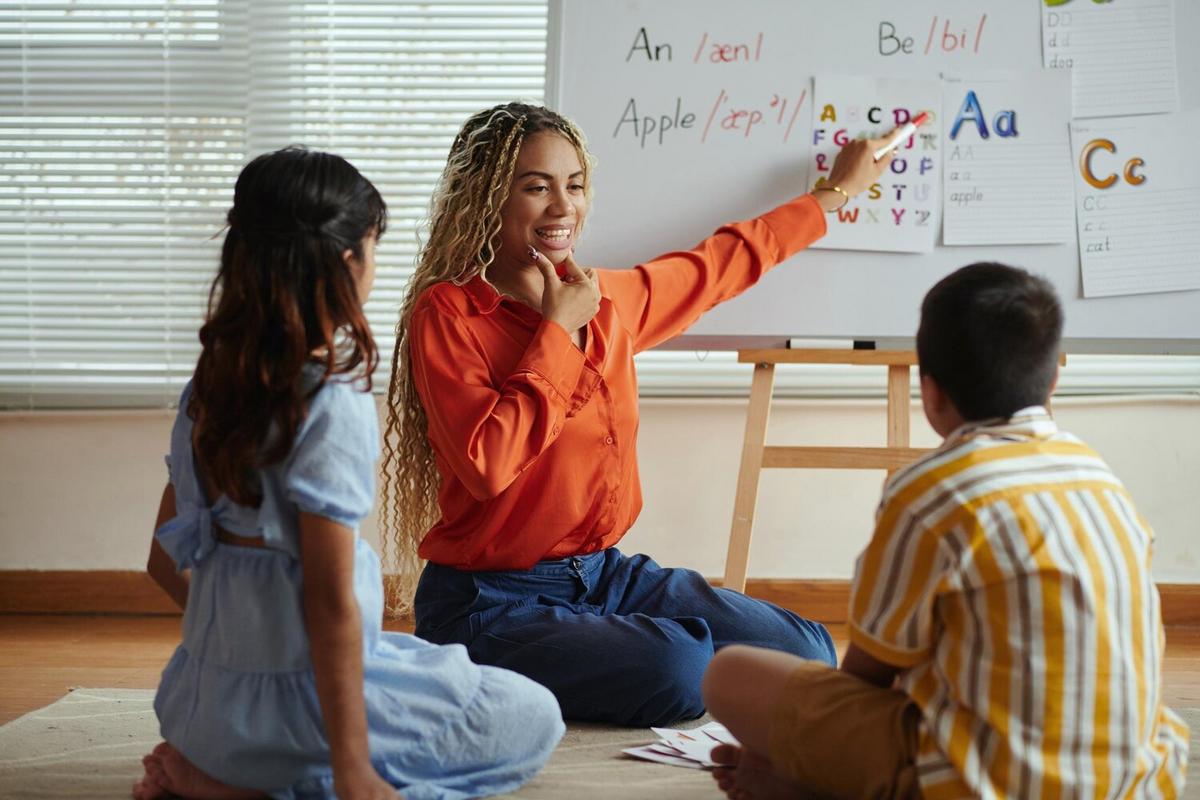Raising a bilingual child is a journey that opens up a world of cognitive and social benefits, offering them a unique developmental advantage from an early age.
Bilingualism in children has long been a topic of interest for educators and parents alike. This exploration into how a child’s development is influenced by speaking multiple languages reveals a wealth of benefits that extend beyond mere communication skills.
The Cognitive Edge of Bilingualism
Research indicates that children who grow up bilingual often exhibit enhanced cognitive abilities. A study from the University of Edinburgh found that bilingual individuals tend to have better problem-solving skills and creative thinking capabilities. These cognitive benefits are attributed to the brain’s ability to switch between languages, which enhances mental flexibility.
Expert Insight
According to Dr. Ellen Bialystok, a renowned cognitive psychologist, “Bilingualism provides a workout for the executive control system, a crucial part of the brain used for tasks such as planning, focusing, and multitasking.”
Social and Emotional Benefits
Aside from cognitive advantages, bilingualism also enriches a child’s social and emotional development. Being able to communicate in multiple languages can enhance cultural awareness and empathy. For instance, children who are bilingual are often more adept at understanding and appreciating cultural diversity.
Personal Stories
Take the example of eight-year-old Lucas, who speaks both English and Spanish. His mother shares that Lucas often acts as a cultural bridge in their community, fostering friendships across diverse groups and showing empathy towards peers from different backgrounds.
Practical Tips for Encouraging Bilingualism
- Consistent Exposure: Ensure regular exposure to both languages in various contexts, such as at home, school, and during play.
- Interactive Activities: Engage your child in activities that require using both languages, like storytelling or singing bilingual songs.
- Language-rich Environment: Create a language-rich environment by incorporating books, music, and games in both languages.
Emphasize the joy of learning languages through play and interaction rather than formal instruction, which keeps the process enjoyable for your child.
Comparative Insights
| Aspect | Bilingual Children | Monolingual Children |
|---|---|---|
| Cognitive Flexibility | Enhanced | Standard |
| Problem-solving Skills | Improved | Average |
| Cultural Awareness | High | Moderate |
| Language Skills | Dual | Single |
| Social Empathy | Increased | Normal |
| Academic Performance | Potentially Higher | Consistent |
| Creative Thinking | Enhanced | Average |
| Adaptability | High | Standard |
Frequently Asked Questions
Is it confusing for children to learn two languages at once?
While it may seem confusing, children have an incredible capacity to distinguish between languages, and learning two at once can actually improve their cognitive flexibility.
At what age should I start teaching my child a second language?
The earlier, the better. Children are most receptive to language learning before the age of seven, when their brains are highly adaptable.
Conclusion
In summary, bilingualism offers a remarkable range of benefits for children’s development, from cognitive and social advantages to greater cultural awareness. By incorporating bilingual practices into daily life, parents can support their child’s journey towards becoming a well-rounded, empathetic, and adaptive individual.
For further reading on the advantages of bilingualism, consider exploring resources from the American Speech-Language-Hearing Association or the Bilingualism Matters organization.

Leave a Reply